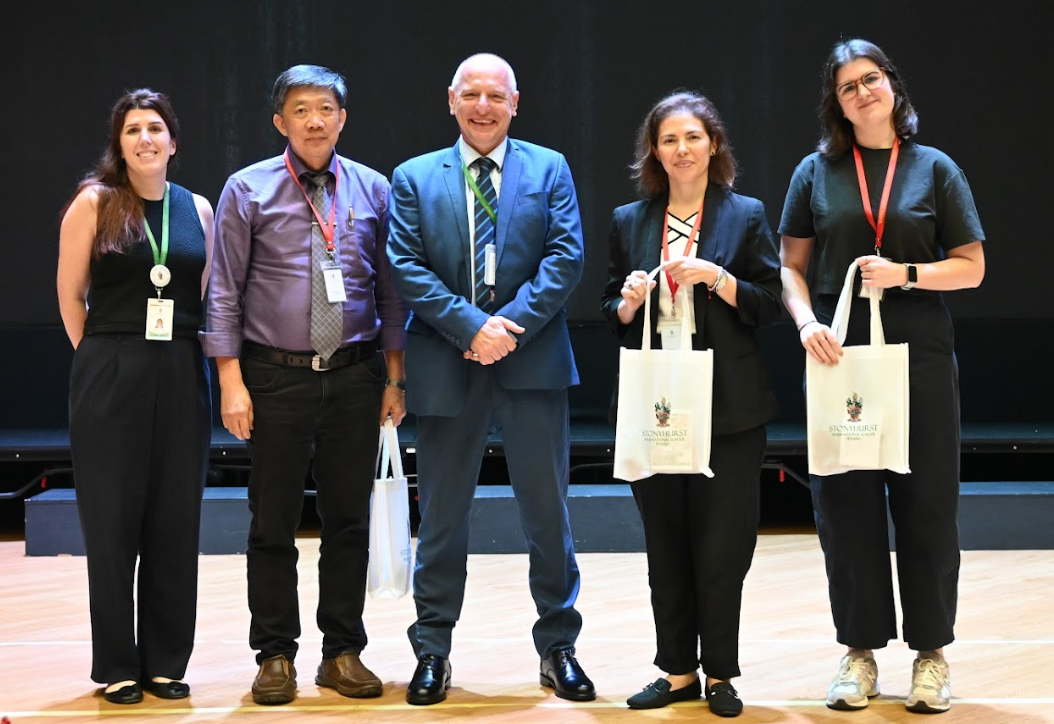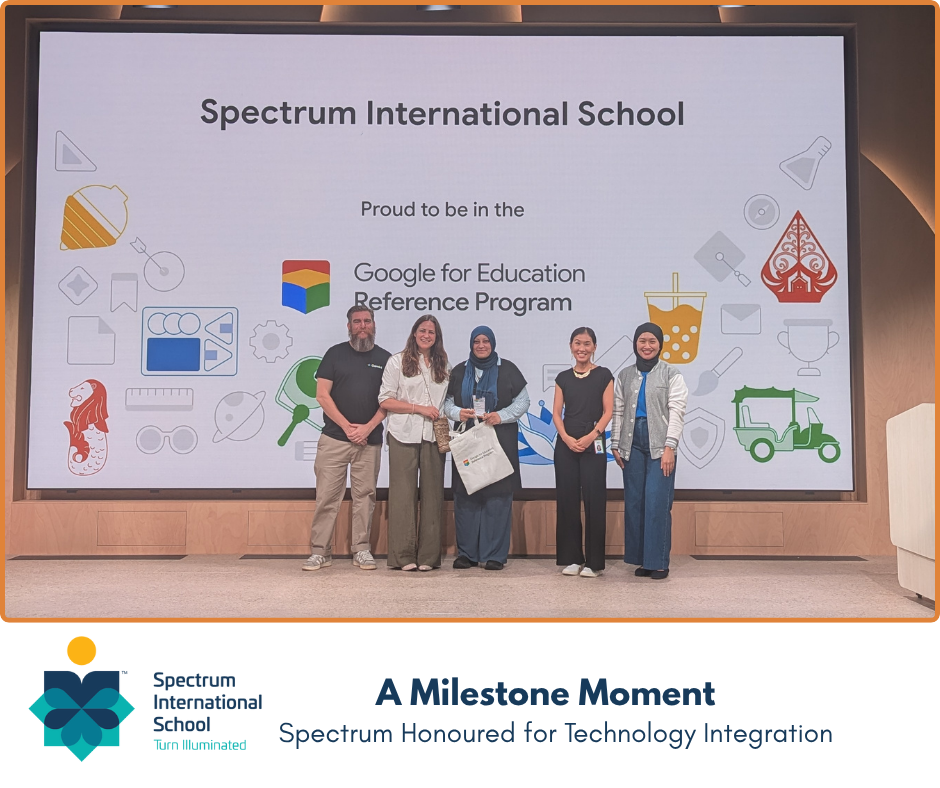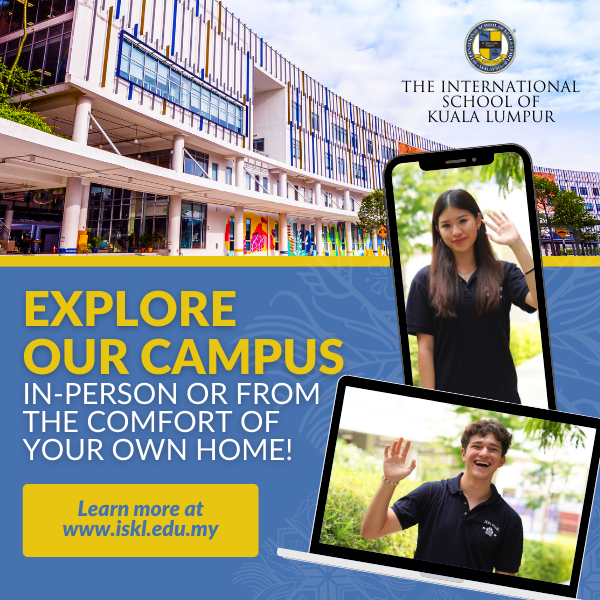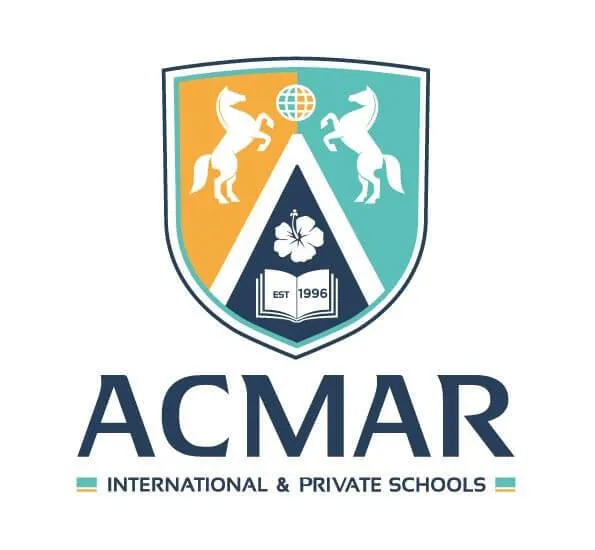Since March 2020, with the onset of the COVID-19 pandemic in Malaysia, students have been sequestered at home as the country went into intermittent lockdowns of various forms. Some children have remained wholly at home for almost a year, learning online – with varying degrees of success and satisfaction, while others have been able to return to a new school environment with tight SOPS and little opportunity for social interaction.
Throughout the past year, the only thing that appears certain is that the future of education has undergone a sustainable technological shift in schools. International schools find themselves at the forefront, some better prepared than others to embrace the new change.
Five key areas have emerged, through which parents are now evaluating schools:
1. The Forward Focused Use of Technology in School
How quickly a school adapted to change in this recent pandemic has depended upon how much it had invested, implemented and integrated the use of technology into everyday lessons. If a school had already successfully embraced the use of technology in their curriculum, then both students and teachers were better equipped for the move to an online learning environment; they adapted to this change quickly with little disruption to learning. More forward-focused schools had already been using applications such as Google Classroom, Seesaw and Padlet, as part of their daily learning approach, particularly in the link between home and school. The use of Green Screen, Book Creator, or design software such as Blender and TinkerCAD, and quizzes using Kahoot and Doddle had regularly featured in face-to-face classroom settings, and their use in an online environment was already second nature.
Similarly, these schools had likely already been utilising tools such as augmented reality and zoom sessions, by linking their students with peers in other schools or experts in organisations across the globe to bring a wider range of authentic learning experiences into the classroom. This allowed for a seamless transaction to the virtual classroom that resulted from the lockdowns and movement control orders.
Nowadays, parents will also need to consider how their child’s school extends the use of technology to parents so that they are kept informed; i.e. a regularly updated parent portal for communications, online attendance and report cards, virtual parent-teacher meetings, and parenting webinars.
2. Successful Implementation of Virtual Learning
How prepared is a school, its teachers, and its students to transition online learning and teaching platforms at very short notice, has become an important consideration for parents. At its most basic definition, virtual learning is a learning experience that is enhanced through utilising computers and the internet both outside and inside the facilities of the educational organisation. The teaching activities most commonly take place in an online environment whereby the teacher and learners are physically separated (in terms of place, time or both).
One of the key challenges in facilitating this type of learning environment is the need to ensure all students are fully engaged and have the opportunity to interact both with their teacher and other learners during the course of the online lesson.
As teachers are now increasingly having to adopt new methods of teaching and delivery, it is important to ask a school just how they are supporting their teachers with continuous professional development. Are teachers exposed to regular training and sharing of best practices amongst the team? Are they encouraged to seek external certifications in specific areas of career development, i.e., Apple Distinguished Educators? All of these will speak to how prepared the school is to embrace virtual learning or learning with technology.
3. Hybrid Learning in the New Norm
As schools slowly begin to reopen, parents are faced with the difficult choice of whether to send their child to school, even though the COVID-19 pandemic has not yet been fully resolved; or to keep their child at home, but run the risk of them missing out on essential learning experiences that the children in school may be enjoying. More forward-focused schools have been sensitive to this dilemma that parents potentially face, and in turn have developed well-crafted hybrid learning approaches to accommodate the needs of families who choose to remain home.
Hybrid learning is an educational model where some learners attend class in-person, while others join the class virtually from home. Teachers teach both virtual (online) and face-to-face learners at the same time.
The best models consider the long-term goals and learning journey of students. This may look different for the different sections of a school. Younger learners may fare better when the school elects to regroup students who remain at home with a dedicated online teacher for lessons. While secondary students tend to be more independent in their readiness to learn, the school still needs to equip teachers with a pre-requisite level of audio-visual technology to ensure the student at home does not miss out of any aspect of the lesson that the students in class are receiving.
4. The Value of Assessments & Project Work
With the shift to online instruction, schools have had to come up with different methods to assess academic learning. This has also meant having to shift our mindset from exam-oriented results to that of learning outcomes.
Ongoing formative assessments will offer a consistent checkpoint, allowing teachers to give critical feedback to students along the way. Based on learning needs and objectives, a variety of online tools such as Google Forms (MCQ, Tests and Quizzes), Zoom Breakout Room Evaluations, Wizer Online Worksheets, and Flipgrid can be used. Dynamic learning tests and quizzes, continuous assessments, project assignments and peer reviews in addition to test papers set on Word/PDF documents with students on camera via Google Meet, also work. To help students and parents understand the expectations, Learning Achievement Rubrics should be shared at the start of the academic year. These expectations should remain the same regardless of the teaching delivery.
5. A Culture of Innovation – Using Tech for Good
It is important to inculcate a culture of innovation – to challenge students to be creators of content instead of merely consumers. Task them with purposeful screen time – produce a mini-movie, create a musical opus, develop a gaming app or design a social media campaign for a community service project. That is what tech for good looks like.
Look for a school culture of responsible use and digital citizenship. How are they helping students self-regulate and make wise decisions about their technology use and consumption? Does the school address the hard issues of cyber-cullying and cyber-safety? Technology is here to stay. It will continue to evolve the way schools deliver teaching and the way students learn. Schools and parents have to embrace the use of technology in teaching and learning and walk hand-in-hand on this quest to find the best aspects that work to maximise learning for the students.
This article is contributed by Martin Van Rijswijk, the principal of HELP International School.













![[elc International School] NO SHORTCUTS: WHY THINKING STILL MATTERS](https://mint-edm.sgp1.digitaloceanspaces.com/production/XTvbqZxxQQxUHjyDcClxCortA5SxNs.png)




















